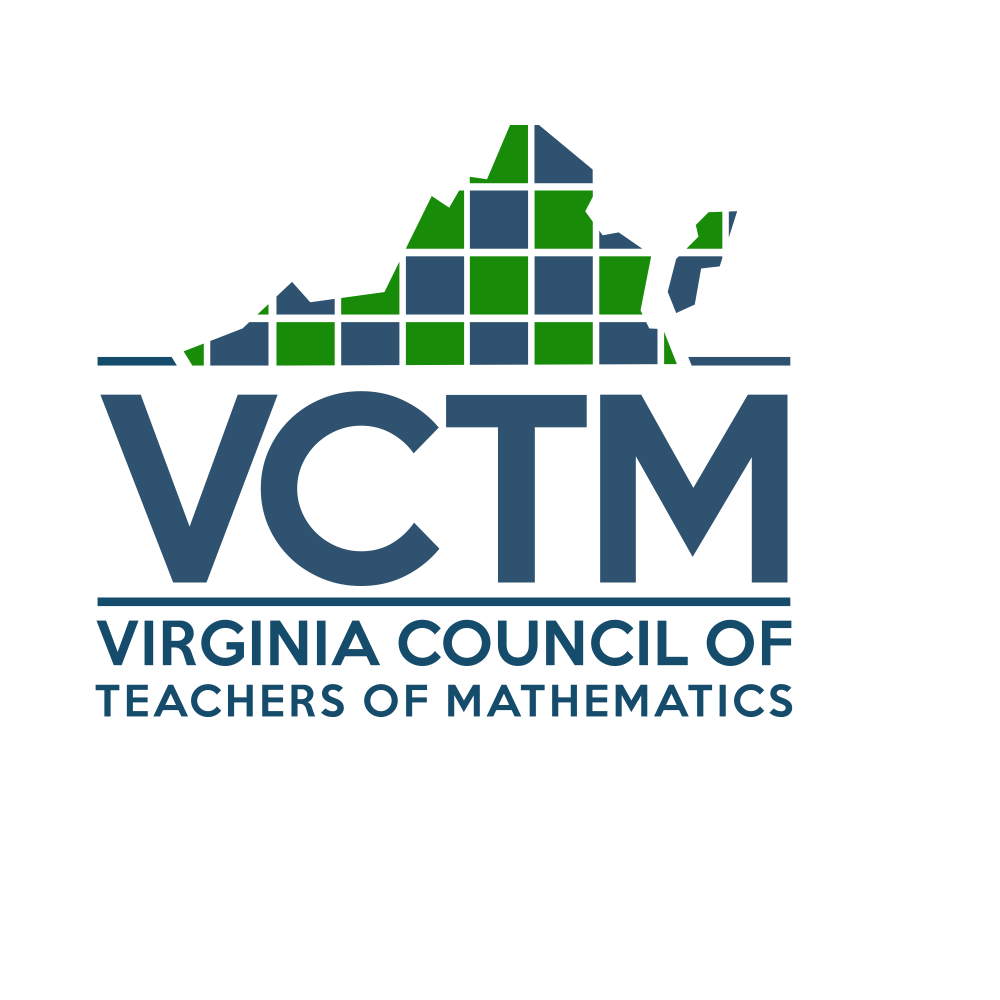- Home
- Journal
- Conference Proceedings
- 2018 Annual Conference Proceedings
- How Much Should I Save for Retirement? Modeling Series in Spreadsheets
HOW MUCH SHOULD I SAVE FOR RETIREMENT?
TEACHING AND MODELING SERIES IN SPREADSHEETS
Philip Dituri, Jack Marley-Payne, Andrew Davidson
FiCycle1
Exploring payment models through spreadsheet software is a useful life long skill and can be the basis for a rewarding high school mathematics lesson. Spreadsheet software, such as Excel, can provide a fresh approach to teaching functions, variables and geometric series by using them to model payment series like retirement savings, mortgages, and student loan repayments. This approach provides a tangible application of recursive, an explicit formulae for students, and it provides a great format for breaking down complex functions into their simpler smaller components. The session uses activities from the FiCycle Curriculum2 and gives participants a taste of what a mathematics-based, personal finance course might look like.
GOALS AND MOTIVATIONS
Using spreadsheets within mathematics generally, and specifically applied to financial tasks such as modelling retirement savings, is a valuable practice, both educationally and practically. With this session, we aim to provide attendees with the tools to teach a lesson (or series of lessons) on these topics. We also aim to promote discussion on other ways to incorporate technology and practical applications into the math classroom.
Workshop Structure
We begin by looking at the relationship between geometric series and retirement savings. To calculate the value of savings at the point of retirement requires summing a complex geometric series. Such series are cumbersome and imposing to many students.
We then show how spreadsheets can be used to model these series in a more intuitive manner. Participants work through a series of classroom ready materials that provides hands on practice doing math using a spreadsheet: first doing basic arithmetic; then using variables; followed by a geometric series; and finally making complex calculations regarding retirement savings.3
We then discuss the benefits of this approach, such as by providing a new way of thinking about functions that can help to demystify the concept of domain and range. It provides students with an opportunity to think about and interact with both recursive and explicit functions in this new way. In addition, spreadsheets take the “table view” of a function and makes it a dynamic presentation of ‘function machine.’ Finally, spreadsheets provide a vehicle for students to internalize the composition of the function concept.
Research
Spreadsheets have long been seen as a valuable tool in mathematics education. As Friedlander (1998) articulates:
Spreadsheets build an ideal bridge between arithmetic and algebra and allow the student free movement between the two worlds. Students look for patterns, construct algebraic expressions, generalize concepts, justify conjectures, and establish the equivalence of two models as intrinsic and meaningful needs rather than as arbitrary requirements posed by the teacher. (p. 2)
Both the Common Core State Standards (2010) and the National Council of Teachers of Mathematics’ (NCTM) Principals and Standards for School Mathematics (2000) advocate for the strategic use of technology in mathematics classrooms. NCTM cites the use of technology as, “essential in teaching and learning mathematics,” (p. 11) specifically referencing spreadsheet software as a way to represent mathematical ideas in a different form.
Research backs up these recommendations, as it shows that the strategic use of technology strengthens mathematics teaching, which in turn, improves student learning (Dick and Hollebrands, 2011). Students who work with spreadsheets in mathematics activities have significantly higher self-efficacy for algebra than those who received conventional instruction, and research shows that self-efficacy predicts academic achievement across all academic subjects and levels (Topcu, 2011).
The application of mathematics to financial topics is also important. There is a well-documented relationship between numeracy and related cognitive abilities, and financial outcomes. Individuals with such attributes tend to have higher levels of financial literacy (Banks and Oldfield, 2007; Gerardi et al., 2010). Further, a study by Cole (2016) found that “additional mathematics training leads to greater financial market participation, investment income, and better credit management, including fewer foreclosures” (p. 1). Given the importance of financial literacy, there is good reason to find ways to teach financial mathematics using technology.
References
Banks, J., & Oldfield, Z. (2007). Understanding pensions: Cognitive function, numerical ability and retirement saving. Fiscal Studies, 28(2), 143-170. doi:10.1111/j.1475-5890.2007.00052.x
Cole, S., Paulson, A., & Shastry, G. K. (2015). High school curriculum and financial outcomes: The impact of mandated personal finance and mathematics courses. Journal of Human Resources, 51(3), 656-698. doi:10.3368/jhr.51.3.0113-5410r1
Dick, T. and Hollebrands, K. 2011. Focus in high school mathematics: Technology to support reasoning and sense making. Reston, VA: National Council of Teachers of Mathematics.
FiCycle (2018). FiCycle Teacher’s Packet. http://www.ficycle.org/uploads/9/0/9/6/90963362/teachers_packet.pdf
Friedlander, A. (1998). An excellent bridge to algebra. The Mathematics Teacher, 91(5), 382-383.
Gerardi, K., Goette, L. & Meier, S. (2010). Financial literacy and subprime mortgage delinquency: Evidence from a survey matched to administrative data. Atlanta, GA: Federal Reserve Bank of Atlanta
National Governors Association Center for Best Practices. (2010). Common core state standards in mathematics. Washington DC.
National Council of Teachers of Mathematics (2000) Principals and Standards for School Mathematics.
Topcu, A. (2011). Effects of using spreadsheets on secondary school students' self-efficacy for algebra. International Journal of Mathematical Education in Science and Technology, 42(5), 605-613
1For more information on this workshop, and related materials, email info@ficycle.org, or visit www.ficycle.org.
2FiCycle (2018)
3Materials taken from FiCycle (2018).

